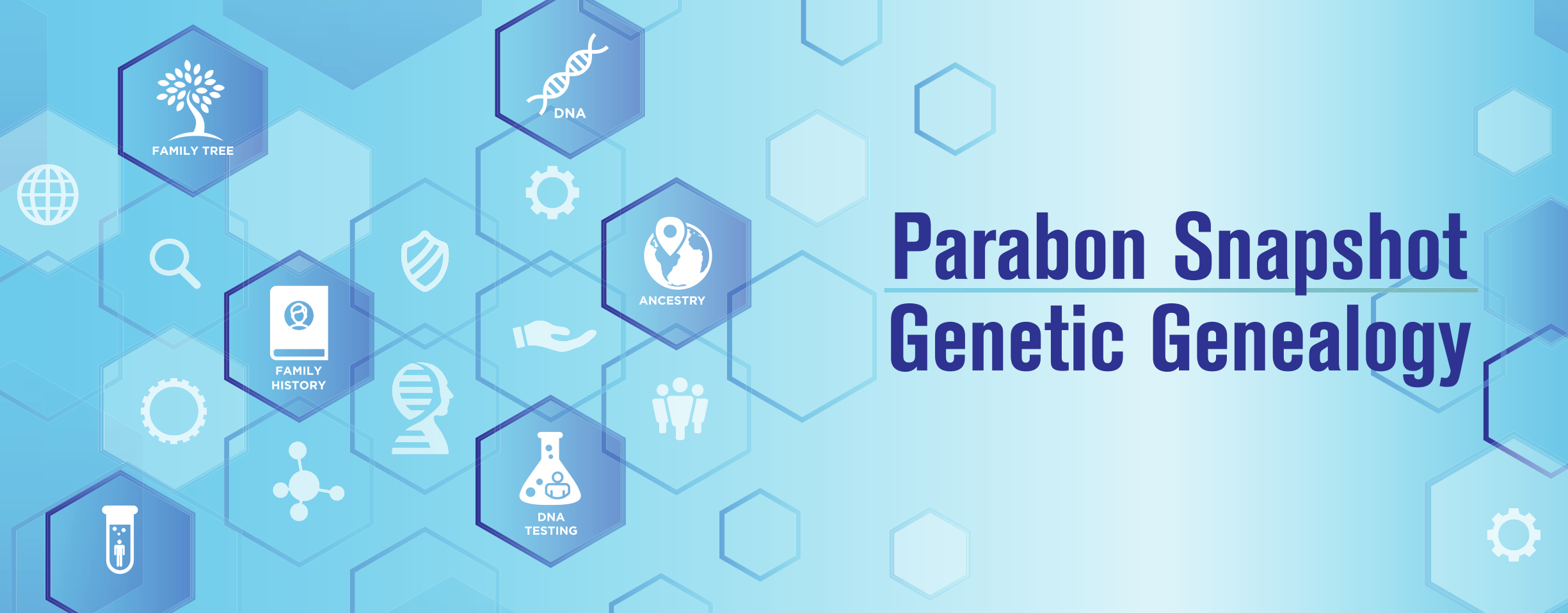8 May 2019
FOR IMMEDIATE RELEASE

Reston, VA — With the announcement Tuesday afternoon by Seattle police that DNA testing confirmed Frank Edward Wypych was responsible for the murder and sexual assault of Susan Galvin in 1967, Parabon NanoLabs closed out a stunningly successful year of crime solving after the introduction of its Snapshot® Genetic Genealogy Service. With three announcements by law enforcement this week [1] of a Parabon lead resulting in a positive DNA identification, the total number of "solves" by Parabon customers in the past year has risen to 55 – an average of more than one case per week.
The Galvin case is notable for several reasons. It is the oldest cold case to be solved by any investigative team using genetic
genealogy (51.6 years); it occurred just 60 miles south of Parabon's first genetic genealogy case to result in an arrest, that of
William Earl Talbott for the murder of Jay Cook and Tanya Van Cuylenborg in Snohomish County, Washington; and it required the use
of two additional Parabon proprietary autosomal DNA technologies: mixture deconvolution and high-resolution ancestry determination
– a pair of advanced capabilities not offered by any other lab at this time.
See All Published Police Investigations »
The 51-year-old DNA sample was degraded and contained a large fraction of DNA from the victim, which had to be algorithmically removed before other DNA analysis could be performed. Dr. Ellen Greytak, who led the development of Parabon's Snapshot technology, explains, "In our years of experience working with challenging forensic DNA samples, we have developed innovative capabilities that allow us to succeed on samples where others may fail. Particularly for cases involving sexual assault, our ability to computationally isolate the genome-wide genotypes of a suspect, unique in the industry, is indispensable."
Parabon's ancestry prediction was also key in the Galvin investigation. As Greytak explained, "Accurate, fine-grained ancestry
analysis, able to accommodate both recent and historical admixture, is critical for investigation alongside trait prediction from
DNA." For the Galvin case, Parabon predicted the unknown DNA sample left at the crime scene was from someone with 16 percent Native
American ancestry, which turned out to be important during the genetic genealogy investigation that lead to Wypych. From a large
set of potential ancestors of the DNA source, CeCe Moore, Chief Genetic Genealogist at Parabon, was able to narrow her search by
identifying a branch of the family tree with the precise amount of Native American ancestry to account for that observed in the
crime scene sample. "Without these types of ancestry clues," Moore stated, "many of our investigations would take months instead of
weeks."
Learn More about Snapshot Genetic Genealogy »
Armed with such tools, Moore and her team of genetic genealogists at Parabon have helped investigators across the country solve a wide array of cases in the past year, ranging from the very cold (eight over 40 years cold) to quite recent (arrest made four months after the crime), and which, on average, had been unsolved for 23.9 years (over 1,200 years in total). The research for many of the cases was extraordinarily difficult, involving distant relationship matches, adoption, misattributed parentage, and/or pedigree collapse, any of which can stall a genetic genealogy investigation.
Moore attributes the team's success to their extensive past experience in solving unknown parentage cases and to the
collaborations they have formed with law enforcement in the past year. "It's definitely a team effort. Often, detectives just need
a single additional clue and genetic genealogy enables us to provide it," she said. "It's a wonderful feeling when we learn our
efforts have helped an agency reach a concrete identification that closes a case."
Read More Snapshot Success Stories »
[1] Earlier Tuesday, police in Fayetteville, NC, credited Parabon for its genetic genealogy assistance, which led to the arrest of Johnnie B Green, Jr., who is accused of nine rapes during the period from Jun 2009 - Dec 2010. Police in Terre Haute, Indiana, announced Monday that reverse paternity testing confirmed Jeffrey Lynn Hand was responsible for the murder of Pamela Milam in September 1972.

About Parabon NanoLabs, Inc.
Parabon NanoLabs is a vertically integrated DNA technology company that develops next-generation forensic and therapeutic products by leveraging the enormous power of DNA. Staffed by a uniquely qualified team of scientists and technologists whose expertise ranges from bioinformatics and chemistry to computer science and pharmacology, Parabon is bringing to market revolutionary new products and services made possible by recent advances in DNA sequencing, analysis and manufacturing technologies.
Media Contacts
Parabon NanoLabs
Paula Armentrout
P: 703.689.9689 x250
media@parabon.com
PR Contact
Laura Burgess Marketing
P: 252.288.5805
laura@lauraburgess.com


